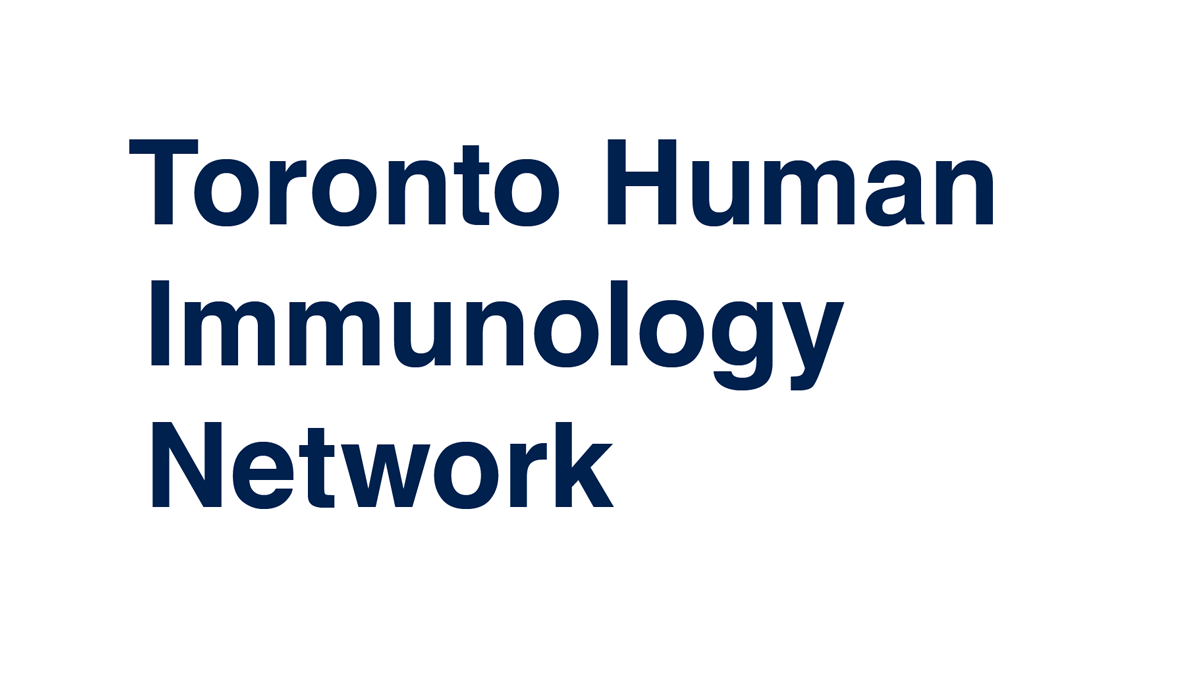The Human Immunology Portal has links to a wide array of tools and databases (http://www.humanimmunologyportal.com/hiptools/)
1. MHC epitopes data bases and epitope prediction software
http://www.iedb.org/ The IEDB hosts tools to assist in the prediction and analysis of B cell and T cell epitopes (has exhaustive list of tools)
For a list of T cell epitopes in cancer, see also http://cancerimmunity.org/peptide/
http://www.cbs.dtu.dk/services/NetMHCIIpan/: NetMHCIIpan 3.0 server predicts binding of peptides to MHC class II molecules
http://www.cbs.dtu.dk/services/NetMHCII/ NetMHCII 2.2 server predicts binding of peptides to HLA-DR, HLA-DQ, HLA-DP and mouse MHC class II alleles using articial neuron networks.
Predictions can be obtained for 14 HLA-DR alleles covering the 9 HLA-DR supertypes, six HLA-DQ, six HLA-DP, and two mouse H2 class II alleles.
Class I predictions. ANNs have been trained for 78 different Human MHC (HLA) alleles representing all 12 HLA A and B Supertypes. Furthermore 41 animal (Monkey, Cattle, Pig, and Mouse) allele predictions are available.
2. Flow cytometry Resources
Cytobank: http://cytobank.org/resources.html
They have some publically available flow and Cytof datasets that may be usefulfor people to peruse:
Mass Cytometry Resource http://fluidigm.cytobank.org/ The newly redesigned Fluidigm Cytobank resource provides mass cytometry researchers with access to demo datasets, protocols, analyses, and featured articles discussing mass cytometry topics.
Nolan Lab | Signaling-Based (Fluorescence & Mass) Cytometry Resource: http://cytobank.org/nolanlab/ This resource was developed to facilitate dissemination of protocols and materials used in the lab as well as provide access to published articles linked to the underlying data and analysis via Cytobank Reports.
BD FACSelect Intracellular Flow Cytometry Resource http://cytobank.org/facselect/ BD FACSelect Intracellular Flow Cytometry Resource will help you navigate buffer choices to select theright combination for intracellular and surface marker experiments.
3. Microarray data sets
Interferome http://interferome.its.monash.edu.au/interferome/home.jspx Data base of IFN regulated genes
4. Disease/Gene association tools
BiERapp http://bierapp.babelomics.org/
gene/variant prioritization tool of the BIER (the Team of BioInformatic for Rare Diseases). This interactive tool allows finding genes affected by deleterious variants that segregate along family pedigrees, case-controls or sporadic samples.
Manteia: http://manteia.igbmc.fr a predictive data mining system for vertebrate genes and its applications to human genetic diseases
5. Analysis tools/network analysis for gene expression data
NetVenn http://wheat.pw.usda.gov/NetVenn/
NetVenn is a network-based web platform for the comparison and analysis of gene lists by combining Venn diagram and gene set enrichment. The tool can integrate gene sets with differentially expressed gene on interaction network. Power graph analysis is available for the gene lists network.
Network analyst: http://www.networkanalyst.ca/NetworkAnalyst/
Network analyst is designed to support integrative analysis of gene expression data through statistical, visual and network-based approaches: Data inputs: one or more gene/protein lists with optional fold changes; one or more gene expression tables from microarray or RNAseq experiments. Statistical analysis: for single data - paired comparisons, time series, common reference, and nested comparisons; for integrating multiple data sets - p values, fold changes, effect sizes, vote counts, and direct merge.
6. Chip-Seq and transcription factor data bases and analysis tools
BloodChIP: http://www.med.unsw.edu.au/CRCWeb.nsf/page/BloodChIPa database of comparative genome- wide transcription factor binding profiles in human blood cells
CR Cistrome: http://cistrome.org/Cistrome/Cistrome_Project.html
a ChIP-Seq database for chromatin regulators and histone modification linkages in human and mouse
7. CAS/CRISPR TOOLS
CHOP CHOP http://chopchop.cbu.uib.no CHOPCHOP is a web tool for selecting the optimum target sites for CRISPR/Cas9- or TALEN-directed mutagenesis.
Addgene http://www.addgene.org/CRISPR/guide/ - quick guide, plasmids, and additional resources
Zhang lab http://crispr.mit.edu Identifies gRNA target sequences from an input sequence and checks for off-target binding. Currently supports: Drosophila, Arabidopsis, zebrafish, C. elegans, mouse, human, rat, rabbit, pig, possum, chicken, dog, mosquito, and stickleback
8. siRNA target prediction
TriplexRNA http://www.sbi.uni-rostock.de/triplexrna/index.html
A data base of cooperating miRNAs/ The workflow integrates methods of miRNA target prediction; triplex structure analysis; molecular dynamics simulations and mathematical modeling for a reliable prediction of functional RNA triplexes and target repression efficiency.
9. Other
topPTM: http://topptm.cse.yzu.edu.tw/ A data based of experimentally verified post translational modifications
LenVarDB: http://caps.ncbs.res.in/lenvardb/ Database of length variant protein domains
Metacyc: http://metacyc.org/a database of experimentally elucidated metabolic pathways from all domains of life
Pubchem http://pubchem.ncbi.nlm.nih.gov/ Biological activities of small molecules:
Thanks to Bhargavi Duvvuri, Eleanor Fish, Cynthia Guidos and Naoto Hirano for advice on useful links
